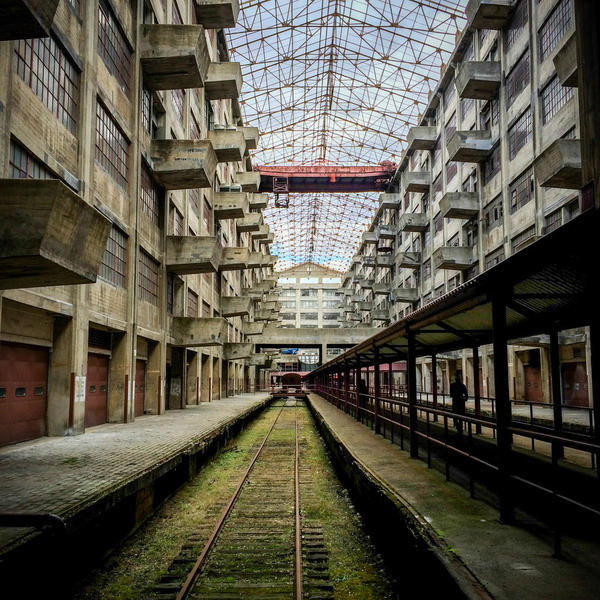One of the reasons that I enjoy this hobby is the history aspect that is associated with it.
I have never seen the mortuary cars shown in John's picture posted in the “Military Service Themed Passenger Car” thread and that led me to conduct a brief search on the internet. Not wanting to step on that thread, I thought that I would create a separate thread.
The Memorial Day Foundation's website, notes the return to the United States of 233,181 American dead after the end of World War II. (An additional 93,242 men were buried in overseas American cemeteries because the families believed it more appropriate for them to rest with comrades near the battlefields where they had died and 78,976 soldiers were listed as missing in action, and their remains were never recovered.)
A U.S. Liberty ship, the "Joseph V. Connolly" arrived in New York on the morning of Oct. 26, 1947, containing 6,248 steel caskets containing the remains of those killed in the European Theater of Operations.
From a trainweb website page discussing the Brooklyn Army Terminal & Bush Terminal, ' The "Joseph V. Connolly" was moved to the Brooklyn Army Base, where the caskets were unloaded and prepared for shipments to cities and towns all over America. The caskets were then offloaded into one of four piersheds (which ever the Joseph V. Connolly moored next to) and the caskets transferred to Building B, which had internal trackage and loading docks. Once in Building B, the caskets were placed aboard United States Army Transportation Corps Mortuary Cars. These "Mortuary Cars" appear to have been converted from six axle "heavy weight" Pullman passenger cars, but notice in the images that the windows are covered for dignity, respect & privacy. Once all the mortuary cars had been loaded, the US Army locomotive moved the mortuary cars onto the First Avenue trackage in the Brooklyn Army Terminal where Bush Terminal locomotive #88 coupled onto the north end of the train. The cars were then placed on Bush Terminal Carfloats and the carfloats were transported by tugboat to Greenville, NJ; which was a Pennsylvania Railroad facility at that time. At Greenville, NJ; the cars would be sorted and placed according to destination and transferred to their respective railroad carrier to get them to their final destination."
In the trainweb link, aside from the Life magazine photo in John's post, there about 36 pictures showing the unloading of the caskets, the mortuary cars, the cars loaded onto the carfloats.
Jim






